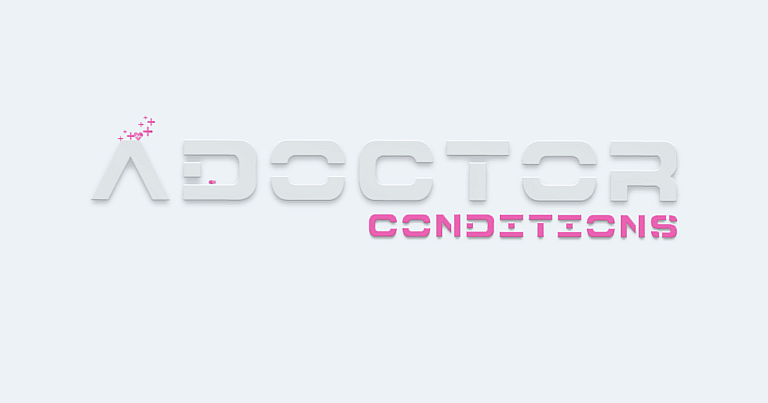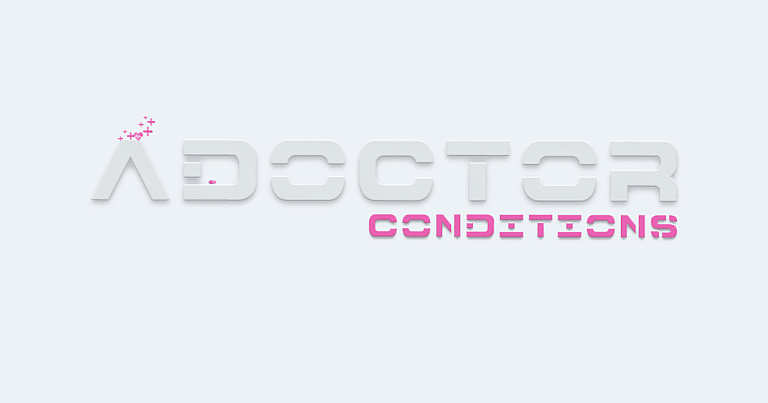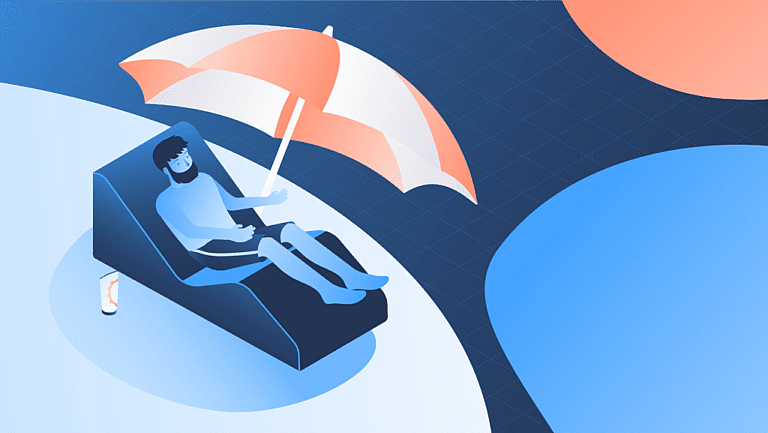What is Rickets?
[trp_language language=”en_US”]
Rickets is a bone disease in children and adolescents. A vitamin D or calcium deficiency weakens the bone substance, making the bones soft and curved.
Children with rickets can suffer from bone pain and can grow slower than other children. Rickets can be successfully treated by taking sufficient vitamin D and calcium in the form of a balanced diet and/or vitamin supplements. If left untreated, it can lead to prolonged growth problems and severe bone deformities.
A similar disease can also occur in adults and is referred to as osteomalacia[1].
If you think that you might have rickets.
What causes rickets?
Rickets can have different causes, which include:
- vitamin D and/or calcium deficiency
- hereditary disease running in families
- underlying systemic diseases.
1) Vitamin D and/or calcium deficiency
A vitamin D deficiency is by far the most common cause of rickets. It can also cause a calcium deficiency because the absorption rate decreases. It’s fairly rare, but there could also be the case where too little calcium is ingested through food. For a sufficient supply of vitamin D to the body, it is important that the skin is exposed to daylight in addition to a balanced diet.
For the large majority of children, this already ensures a sufficient supply. [2],[3],[4]
Risk factors for vitamin D deficiency in children include: [5]
Dark skin type
Dark skin contains more melanin than light skin. This means that more sunlight is needed for the production of vitamin D.
Lack of sunlight
Children who spend most of their time indoors or who are not exposed to sunlight for other reasons produce less vitamin D. Particularly during the winter months and especially in countries far from the equator, the sunlight is not strong enough for the body to produce sufficient vitamin D. This is especially true for children who spend most of their time indoors or are otherwise not exposed to sunlight.
Breastfeeding
Children who are exclusively breastfed and have a darker skin type and/or if the mother herself has a vitamin D deficiency have an increased risk. However, as breastfeeding has many health benefits, it should not be avoided. A doctor can help you develop an optimal breastfeeding plan.
2) Hereditary disease that runs in the family
In rare cases, rickets can be genetically inherited. The most common hereditary form is called hypophosphatemic rickets. This form is based on mutations in several genes relevant for phosphate metabolism. As a result, the kidneys lose their ability to retain the body’s phosphate and therefore increasingly excrete it in the urine. Since phosphate plays a central role in bone formation and development, a deficiency causes rickets. [6],[7]
3) Underlying systemic diseases
Certain diseases such as celiac disease, Crohn’s disease, liver, or kidney disease can affect the way the body absorbs or metabolizes vitamins and minerals. This can lead to vitamin D, phosphate, and/or calcium deficiency. [6]
What are the symptoms of rickets?
Signs and symptoms of rickets can be: [6],[8],[9],[10]
Growth and developmental disorders
- Children with rickets can be significantly lower than average in growth and development due to their impaired bone metabolism.
Pain
- The bones can be painful, especially when pressure is exerted on them or if strained.
- Sometimes affected children avoid walking or standing up from a seated position.
- Some children will walk in a gentle gait.
Bone fractures
- The bone substance is often diminished and thus weakened, which leads to an increased probability of fractures.
Dental problems
- This can be accompanied by defective enamel, slower tooth development, and an increased risk of tooth decay.
Deformities
- The ankles, wrists, and knees may be thickened.
- The long bones of the arms and legs may be considerably curved.
- In addition, softening of the skull bone and – more rarely – curving of the spine are possible.
Muscle weakness
- Muscle tension may be reduced – leading to delays in reaching certain developmental milestones such as sitting, standing, walking, and jumping.
- Reduced calcium levels can cause epileptic seizures.
Susceptibility to disease
- Children with rickets are particularly susceptible to infectious diseases.
If one of these symptoms is present, a doctor should be consulted immediately.
Many of these symptoms may also occur in adults with osteomalacia. However, adults with osteomalacia most often complain of bone pain than children with rickets.
Good to know:
Bow legs, also referred to as genu varum, is when a person stands in an upright position and his or her legs curve outward at the knees while the ankles touch.
Many people first think of rickets when they see a person with this type of misalignment. However, there are a number of other causes for this type of malpositioning. These include certain blood disorders, congenital bone diseases, and small stature. However, in most cases, especially if the person has no further symptoms, bow legs are not pathological and are therefore completely unproblematic.
If you think that you might have rickets.
How is rickets diagnosed?
In order to diagnose rickets, the following information is usually obtained by a doctor: [6],[9],[11]
Anamnesis
- The doctor asks questions about nutrition and daily exposure to sunlight as well as medical history.
Blood tests
- The blood levels of vitamin D, calcium, phosphate, and parathormone are of particular interest.
- Liver and kidney function are also usually assessed.
Urine sample
- Depending on the results from anamnesis and blood analysis, a urine sample can also be examined in some cases.
X-rays
- X-rays are typically taken when rickets are suspected in order to detect skeletal changes or deformities.
- The child’s bone density can also be analyzed.
What is the Treatment for rickets?
If rickets is caused by a lack of vitamin D or calcium, the intake must be increased accordingly. The affected person should seek medical advice. There are several approaches that should be considered: [12]
Nutrition
- The affected person should eat more foods rich in vitamin D and calcium.
- These include oily fish, whole grain bread, oat flakes, and eggs for vitamin D, as well as green leafy vegetables, almonds, and dairy products for calcium.
Food supplements
- Vitamin D and calcium can also be substituted using dietary supplements.
Vitamin D injection
- An injection with a syringe into a muscle is usually only performed if no other options are available or have been successful.
- The injection should then be repeated at annual intervals.
Exposure to sunlight
- Particularly if the person lives in countries far away from the equator and/or spends a lot of time indoors, sufficient sun exposure must be ensured.
- A doctor can help weigh sun protection against sun exposure.
The treatment of hereditary rickets depends on the exact form. Hypophosphatemic rickets, the most common genetic form, usually requires treatment with phosphate and vitamin D supplements.
Can rickets be prevented?
To ensure that the necessary amount of calcium and/or vitamin D is ingested through food intake or produced by the body, various measures can be taken:[13],[14],[15],[16]
A balanced diet that consists of foods rich in vitamin D and calcium
- These include oily fish, whole grain bread, oat flakes and eggs for vitamin D, as well as green leafy vegetables, almonds and dairy products for calcium.
Spending sufficient time in the sun
-
Take care to avoid sunburn and other complications caused by excessive exposure to sunlight.
-
Depending on where you live, the season, your skin type and how much skin is covered by clothing, the time required to produce enough vitamin D will vary.
Taking vitamin supplements
- This is an option after talking to a doctor about the individual needs and the most appropriate type and dose.
What is the prognosis for rickets?
The prognosis depends on the exact cause of rickets. With appropriate treatment, the prognosis of rickets is generally good. However, a complete recovery can take some time. Most children with rickets caused by vitamin D deficiency respond well to treatment with vitamin D and calcium.
Most bone deformities caused by rickets can improve on their own during growth. However, orthopedic correction may be necessary. In very severe cases, surgery may be recommended.[16],[17]
What are the complications of rickets?
Side effects of vitamin D or calcium preparations:
The administration of vitamin D or calcium supplements rarely leads to side effects. However, if the wrong dose of calcium is administered, this can lead to so-called hypercalcemia, in which too much calcium is present in the blood.
Signs and symptoms of hypercalcemia can be:[18]
- loss of appetite
- nausea and/or vomiting
- constipation
- stomach pains
- thirst and an increased urge to urinate
- fatigue and/or weakness
- muscle aches
- confusion
- headaches
If any of these symptoms occur after starting dietary supplements, a doctor should be consulted immediately.
Check our Adoctor conditions and symptoms today to find out more about your symptoms.
-
NHS Choices. “Rickets and Osteomalacia.” Accessed July 24, 2019. ↩
-
National Institutes of Health. “Vitamin D.” Accessed July 24, 2019. ↩
-
Food Safety Authority of Ireland. “Vitamin D.” JAccessed July 24, 2019. ↩
-
Jornal de Pediatria. “The importance for growth of dietary intake of calcium and vitamin D.” Accessed July 24, 2019. ↩
-
The Royal Children’s Hospital Melbourne. “Rickets.” Accessed July 24, 2019. ↩
-
You and Your Hormones. “Rickets.” Accessed July 24, 2019. ↩ ↩ ↩ ↩
-
Genetics Home Reference. “Hereditary hypophosphatemic rickets.” Accessed July 24, 2019. ↩
-
NHS Choices. “Rickets and Osteomalacia: Symptoms.” Accessed July 24, 2019. ↩
-
UpToDate. “Overview of rickets in children.” Accessed July 24, 2019. ↩ ↩
-
NHS. “Knock knees.” Accessed July 24, 2019 ↩
-
Medscape. “Rickets Workup.” Accessed July 24, 2019. ↩
-
NHS Choices. “Rickets and Osteomalacia: Treatment.” Accessed July 24, 2019. ↩
-
NHS Choices. “Rickets and Osteomalacia: Prevention.” Accessed July 24, 2019. ↩
-
Vitamin Council. “How do I get the vitamin D my body needs?” Accessed July 24, 2019. ↩
-
Nutrition Bulletin. “Vitamin D: An overview of vitamin D status and intake in Europe.” Accessed July 24, 2019. ↩
-
UpToDate. “Etiology and treatment of calcipenic rickets in children.” Accessed July 24, 2019. ↩ ↩
-
OrthoInfo. “Rickets.” Accessed July 24, 2019. ↩
-
Cancer. “Hypercalcemia.” Accessed July 24, 2019. ↩
[/trp_language]
[trp_language language=”ar”][wp_show_posts id=””][/trp_language]
[trp_language language=”fr_FR”][wp_show_posts id=””][/trp_language]
**What is Rickets?**
Rickets is a medical condition that occurs when the body does not have enough vitamin D or calcium. This can lead to soft and weakened bones. Rickets primarily affects children. However, adults can also develop a similar condition known as osteomalacia.
**What are the Causes of Rickets?**
The most common cause of rickets is vitamin D deficiency. Vitamin D is essential for the absorption of calcium from the intestines. Without enough vitamin D, the body cannot absorb enough calcium, leading to rickets. Other causes include:
* Inadequate intake of calcium
* Kidney problems that affect calcium absorption
* Genetic disorders that impair vitamin D utilization
* Certain medications, such as anticonvulsants
**What are the Risk Factors for Rickets?**
Risk factors for rickets include:
* Children living in areas with limited sunlight exposure
* Exclusive breastfeeding without vitamin D supplementation
* Dark-skinned individuals who have less efficient vitamin D production
* Malnutrition or poor diet
* Premature birth or low birth weight
**What are the Symptoms of Rickets?**
Symptoms of rickets may include:
* Bone pain and tenderness
* Frequent fractures
* Delayed growth
* Deformities in legs, spine, or pelvis
* Muscle weakness
* Seizures (in severe cases)
**How is Rickets Diagnosed?**
Rickets can be diagnosed through:
* Physical examination
* Blood tests to measure vitamin D levels and calcium levels
* X-rays to check for bone deformities
**How is Rickets Treated?**
Treatment for rickets involves:
* Vitamin D and calcium supplements
* Dietary changes to increase vitamin D and calcium intake
* Sunlight exposure under medical supervision
**What are the Long-Term Effects of Rickets?**
Delayed treatment of rickets can lead to permanent bone deformities. These deformities can affect mobility and overall health.
**How to Prevent Rickets?**
Rickets can be prevented by:
* Ensuring adequate vitamin D intake through diet, supplements, or sunlight exposure
* Promoting calcium-rich foods in the diet
* Exposing children to sunlight under medical guidance
**Additional Tips:**
* Encourage regular physical activity to promote bone strength.
* Avoid smoking and excessive alcohol consumption, which can interfere with vitamin D absorption.
* Consider vitamin D supplementation if you have risk factors, such as limited sunlight exposure or a high-fat diet.
**Conclusion:**
Rickets is a preventable condition that can have serious consequences if left untreated. It is caused by vitamin D or calcium deficiency and affects children primarily. Early diagnosis and treatment can help improve bone health and prevent long-term complications. By understanding the causes, risk factors, and prevention measures of rickets, individuals can promote healthy bone development and overall well-being.








Rickets is a condition in which the bones of children become soft and weakened
Rickets is a condition in which the bones of children become soft and weakened due to a deficiency of vitamin D, calcium, or phosphate.